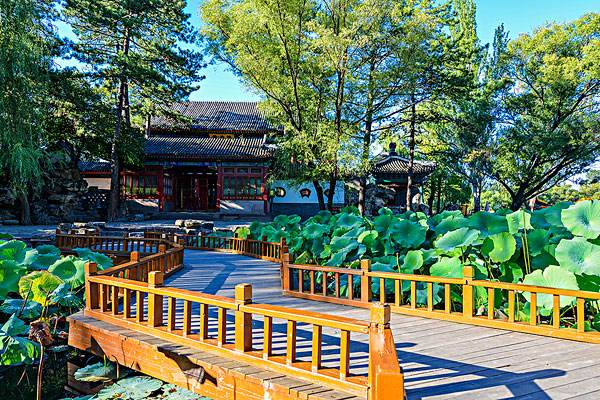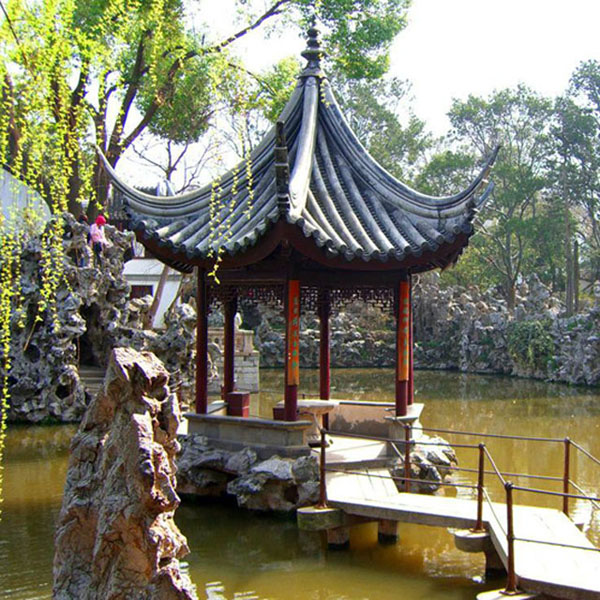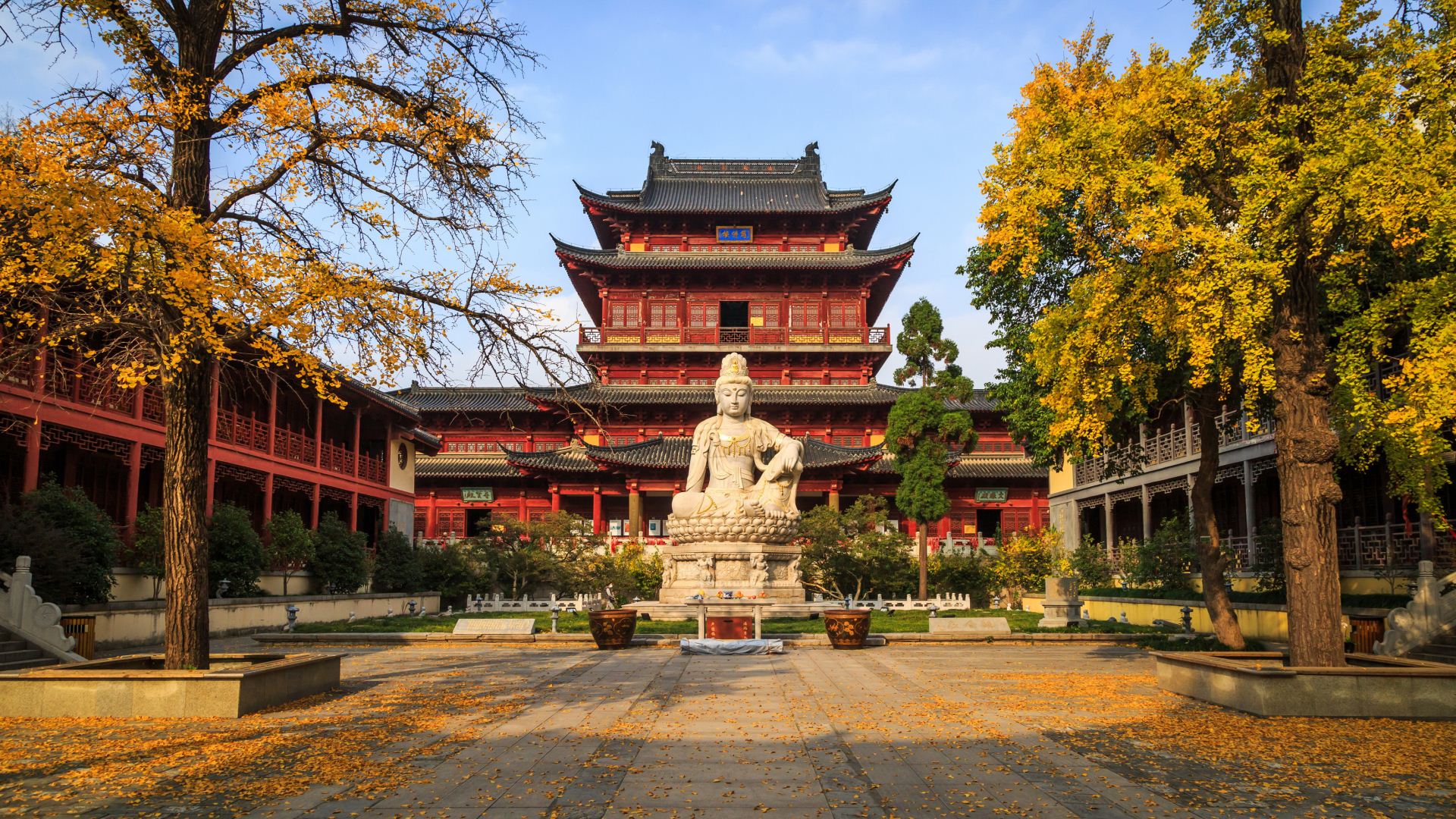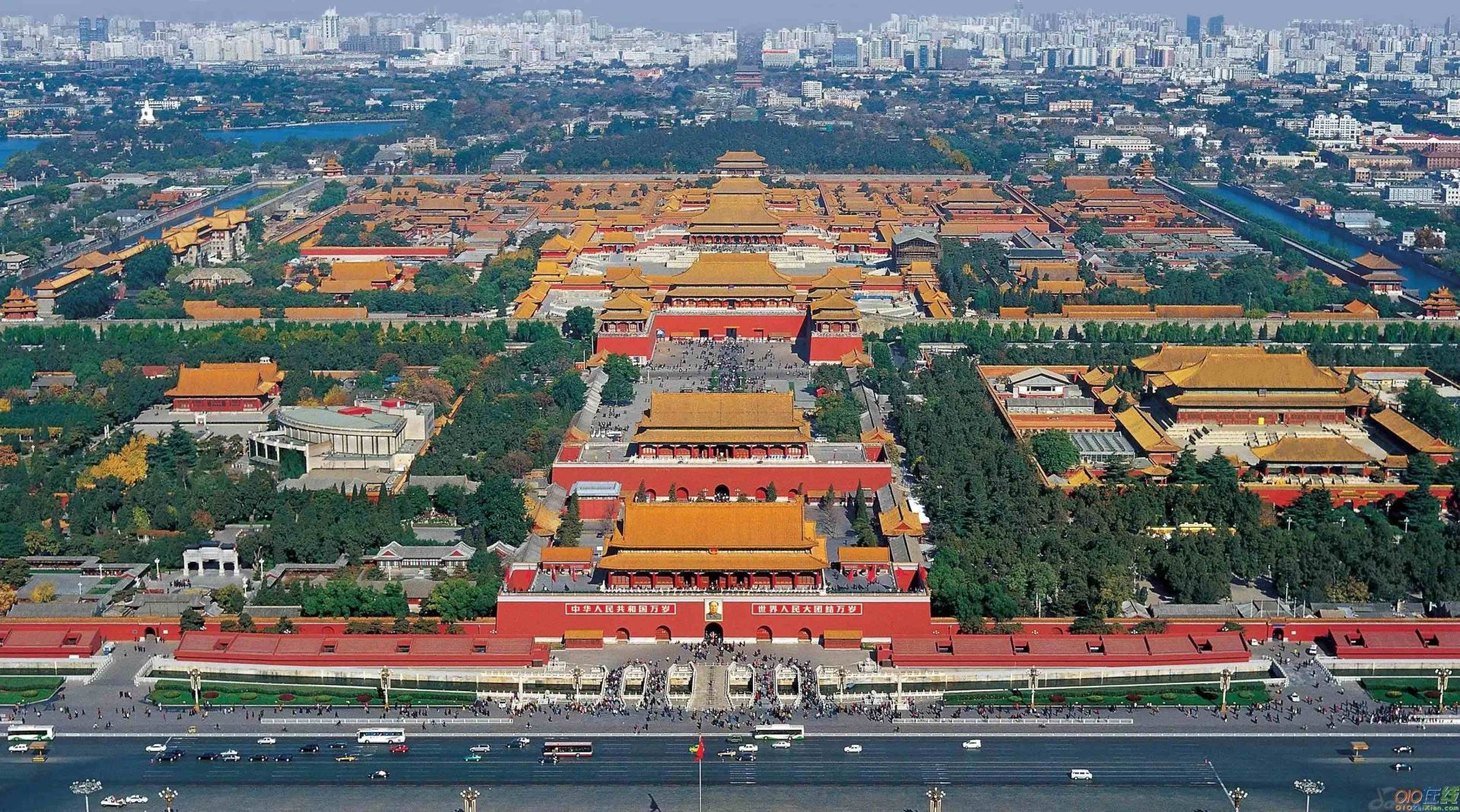- Call Us :+86 13663796880
- Email :nicole@sfrooftile.com
- Working hours :24 hours a day
- Language :Chinese
Nicole Zhang
+86 13663796880
+86-379-63262958
nicole@sfrooftile.com
After thousands of years of independent and continuous development, Chinese traditional architecture has formed a system with rich connotations, unique style and brilliant achievements. It not only had a profound influence on traditional architecture in Korea, Vietnam, Japan and other countries, but also contributed to the transition of European and American garden art towards free-style layouts that focused on natural beauty since the 17th and 18th centuries, as well as the emergence and development of ecological landscape architecture. .
Comparing the background of world architectural culture, the most significant and once considered one of the weirdest features of traditional Chinese architecture is various buildings, including cities, villages, palaces, gardens, temples, mausoleums, roads, bridges, and even Mining and water conservancy projects, from site selection, planning, design to construction, are almost all profoundly affected by the so-called Feng Shui.

Ancient Chinese architecture focuses on harmony with the natural environment. Architects respect nature and pursue harmonious coexistence between nature and human activities. They often use mountains and rivers as the background, mountains as barriers, water as a city wall, and natural terrain, waters, vegetation and other factors to layout buildings. The design of ancient buildings is integrated with the surrounding natural environment to form a unique landscape.

Feng Shui is an important environmental concept in ancient Chinese architecture. Feng Shui believes that the natural geographical environment and topography have an important impact on people's lives and destiny. Ancient architects will choose the location and orientation of buildings according to factors such as terrain, water flow, and climate in order to pursue good Feng Shui. They believe that reasonable layout and design can bring auspiciousness, prosperity and peace.
Ancient Chinese architecture emphasizes the harmonious relationship between man and nature. Architects focus on creating a space in the building that is interconnected with nature. The layout, windows, porches and other designs of the building take into account the use of natural light, ventilation, landscape viewing and other factors. Ancient architecture also often uses elements such as courtyards, gardens and pools to enable people to get close to nature and feel the beauty of nature.

The concept of environment in ancient Chinese architecture is also related to the relationship between the universe and the world. Ancient architects believed that architecture should have some kind of connection with the universe, and that the layout, form, and decoration of buildings could reflect the order and philosophy of the universe. For example, the symmetry, geometric shapes, and symbols and patterns used in buildings can reflect this concept.

In general, the environmental concept of ancient Chinese architecture emphasizes harmony with nature, feng shui, the relationship between man and nature, and the connection with the universe. These concepts were reflected in the design and layout of ancient buildings, making the buildings complement the surrounding environment and forming unique cultural characteristics.